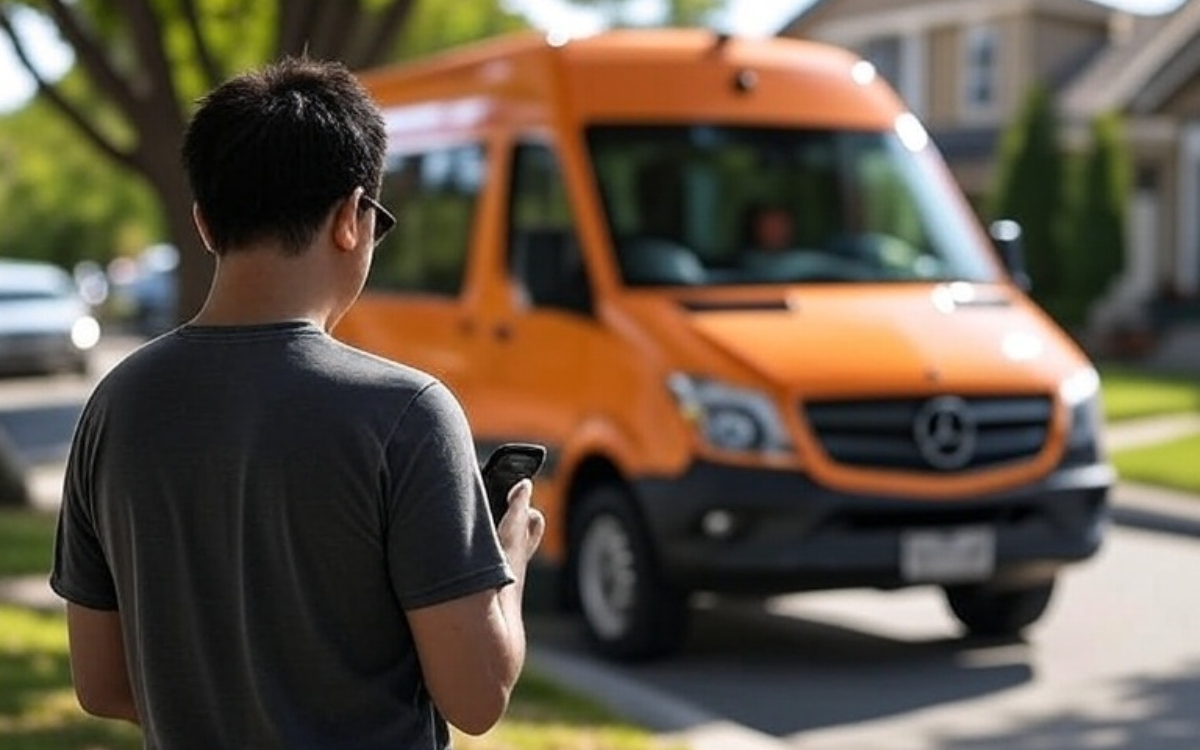


DRT: Balancing Efficiency and Inclusion

The Efficiency vs. Inclusion Trade-off: Many DRT platforms tend to prioritize minimizing individual trips flexibility, wait times and detouring. This can decrease the total number of passengers served. Prioritizing direct routes or over-limiting detours can leave potential riders behind, especially with dispersed demand or during peak hours. Optimizing individual trips can hurt overall system efficiency and social inclusion.
Impact on DRT Adoption: Lower ridership makes DRT less attractive to transit agencies, hindering investment. A perception of exclusivity can discourage riders, particularly those reliant on public transport. If DRT is seen as niche, its potential is diminished.
Service Design and Optimization: How DRT services are designed is crucial. Prioritizing direct routing can bias against shared rides. More thoughtful service design is needed. It should dynamically balance individual efficiency with overall system efficiency and equity. Factors like wait times, vehicle occupancy, and coverage must be considered.
Towards Inclusive DRT: Addressing the "left behind" challenge requires shifting focus. We must prioritize overall system efficiency and inclusion. This involves:
- Smart service design: This design should dynamically balance individual and shared ride opportunities, considering wait times, occupancy, and coverage.
- Prioritizing shared rides: DRT platforms should encourage shared rides through incentives or optimized routing.
- Integrating with existing transit: Seamless integration with fixed-route systems is crucial.
- Data-driven decisions: Analyzing data on ridership, wait times, and gaps is essential for improvement.
Prioritizing inclusivity and smart service design allows DRT to reach its full potential. Failing to address the "left behind" challenge risks limiting DRT's long-term impact.
Want to learn more or see a demo in action? Contact us today for additional information or to schedule a personalised demo at hello@shotl.com
Popular posts
27.06.22
Clic.cat expanding on-demand buses in Catalonia
A few weeks ago Shotl launched an operation on the outskirts of Barcelona, connecting the neighborhood of Can Sunyer in Castellví de Rosanes with the neighboring town of Sant Andreu de la Barca. Ridership figures showed success from day one.
Gerard Martret
29.07.18
Connecting Barcelona outskirts
From August 1st Shotl will start providing dispatch services, as well as a matching platform, for a new intelligent and flexible transport system in the residential area of Vallirana, a suburb of Barcelona.
Gerard Martret
25.09.25
Hybrid Route Service: Combining Fixed Lines with On-Demand Stops and GTFS
On-demand bus services can sometimes reduce ridership on fixed routes, particularly if they serve similar areas or times. This phenomenon, known as 'cannibalization', can affect the sustainability of fixed routes. Shotl's Hybrid Route Service is a new


